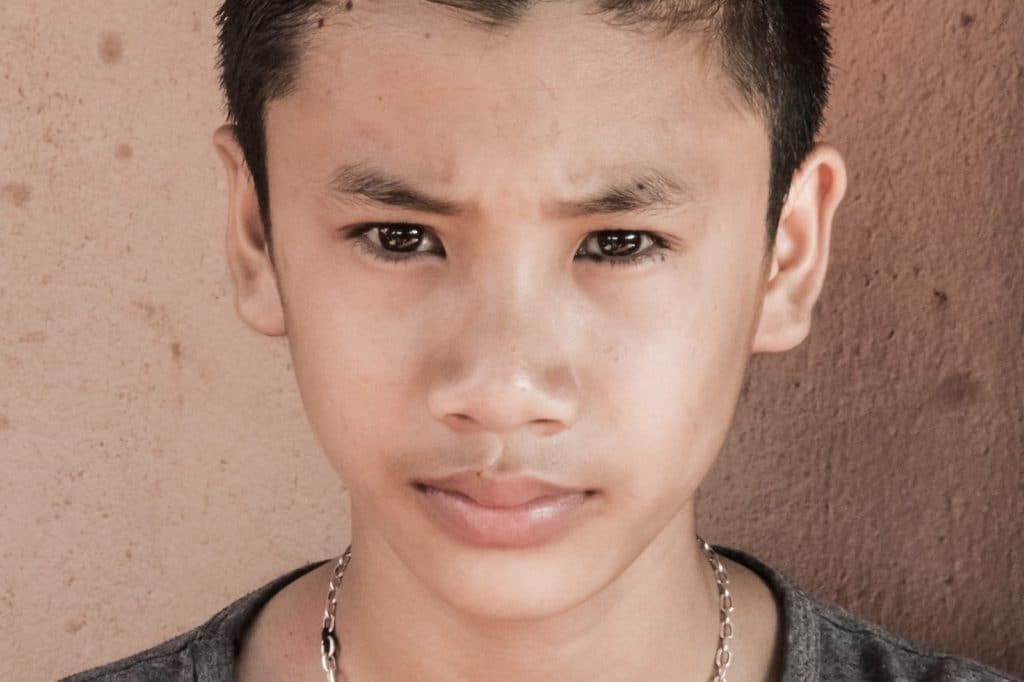When we hear these words, a number of ideas may come to mind, many of them distressful and negative, and it helps to have a better understanding of what we’re talking about.
First, it is important to understand what mental health or mental wellness means. The American Psychiatric Association explains that “mental health is the foundation for thinking, communication, learning, resilience and self-esteem. Mental health is also key to relationships, personal and emotional well-being and contributing to community or society.” For all of us, our capacity to think, communicate, learn and cope fluctuates, and we can have good days and bad days. But for many people, including many children experiencing mental illness, every day is a tough day.
The renowned Mayo Clinic describes mental illness as “a wide range of mental health conditions — disorders that affect your mood, thinking and behavior. Examples of mental illness include depression, anxiety disorders, schizophrenia, eating disorders and addictive behaviors.”
They also explain that it is different from mental health concerns that happen from time to time (stress, sadness, etc.). An illness is frequent and affects one’s ability to function.
What causes mental illness?
It is easy to confuse mental illness with the external manifestations of the illness. We may think the child is bad, has poor social skills, or isn’t smart. As a teacher or youth worker, you might be frustrated and want to give up on the child, thinking there is nothing you can do to reach them. You might even feel guilty that your professional skills aren’t adequate to help.
In reality, very smart people can experience serious mental illness. Children raised in optimal conditions, and with the best education and opportunities, can and do experience mental illness.
1. Genetic
Scientists’ progress in mapping the human genome has helped to identify some genetic causes of mental illness. In 2011, a consortium of research organizations identified five genetic markers associated with the mental illness. A child born from two parents with bipolar disorder has a 65 percent chance of developing bipolar.
2. Biological
In a 2012 article on the American Psychological Association’s website, Eric Kandel, M.D., a Nobel Prize laureate and Columbia University professor, contends the root cause of mental illness is biological. “All mental processes are brain processes, and therefore all disorders of mental functioning are biological diseases,” he writes. In other words, mental illness is caused by a brain chemistry unbalance. To function normally, the brain produces chemical substances that impact the way we think, feel and act. In the absence of these chemical substances, a behavior or action results.
3. Environment
In the same article, Richard McNally, Ph.D., a clinical psychologist at Harvard University, states, “Certain disorders such as schizophrenia, bipolar disorder and autism fit the biological model in a very clear-cut sense.” He continues, acknowledging, “Yet for other conditions, such as depression or anxiety, the biological foundation is more nebulous. Often mental illnesses are likely to have multiple causes, including genetic, biological and environmental factors.” Environment factors can include trauma, lifestyle, exposure to harmful substances and intense stress. A reduction in exposure can make a significant difference.
Mental illness is not laziness, bad behavior, hormones, attention seeking, or other teen drama. It is no less a physical illness than diabetes and must be treated just as any other physical illness must be treated.
Note that mental health disorders can vary in intensity, and are not always as severe as chronic illnesses such as bipolar disorder or schizophrenia. Conditions like ADHD, anxiety or mood disorders are more prevalent among children, and can have a serious impact if not treated. And they can also have a big impact on the other children under your supervision.
Lastly, while some mental illness may require lifelong care, know that many people become happy and productive members of society despite a mental illness. It is not a sentence to a wasted life or even death. Controlled studies show rates of recovery range from 70 to 86 percent for children with issues like ADHD, anxiety or depression who are treated with a combination of medication and therapy. However, absence of treatment can jeopardize the future of the child in many ways.










